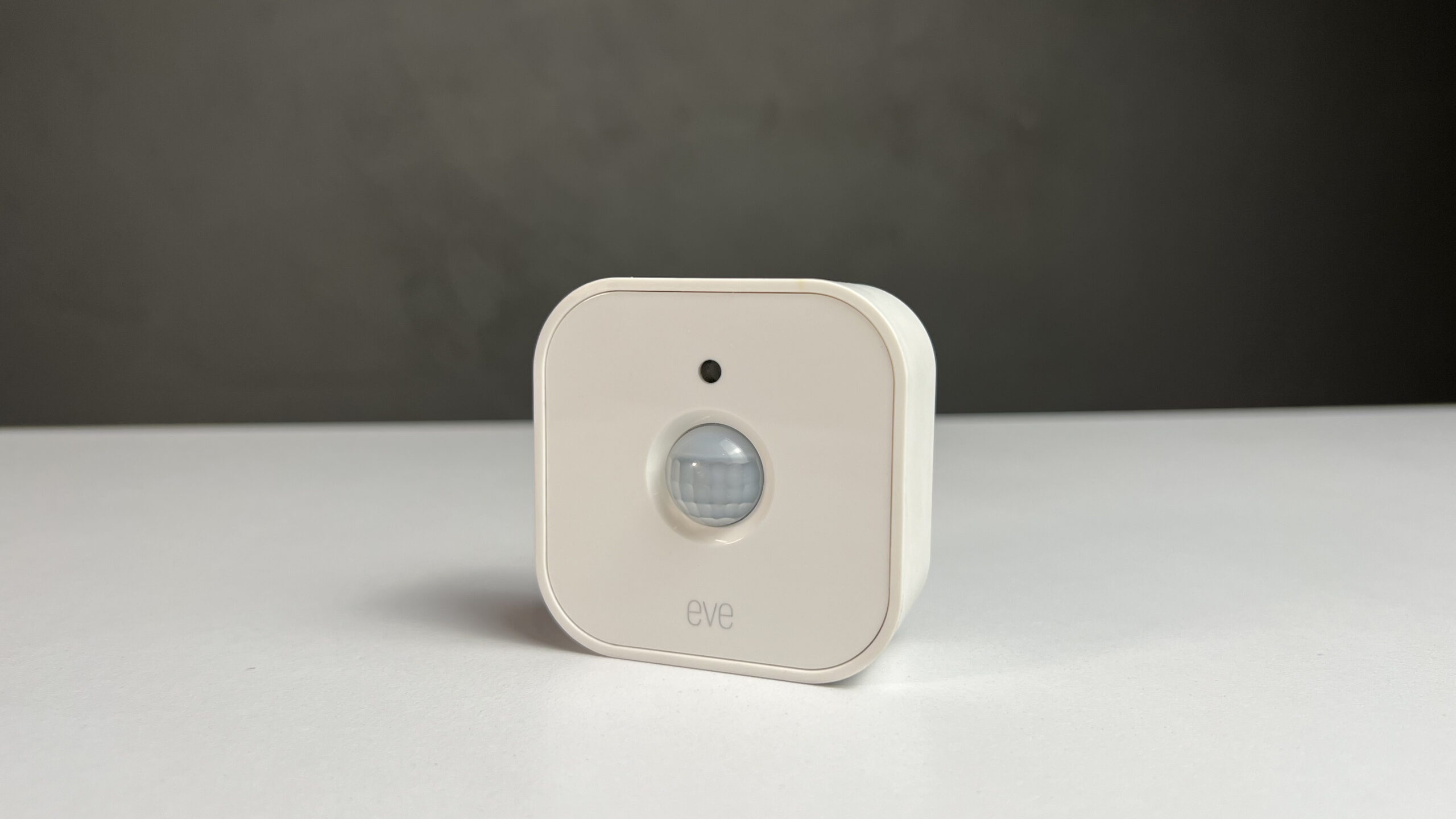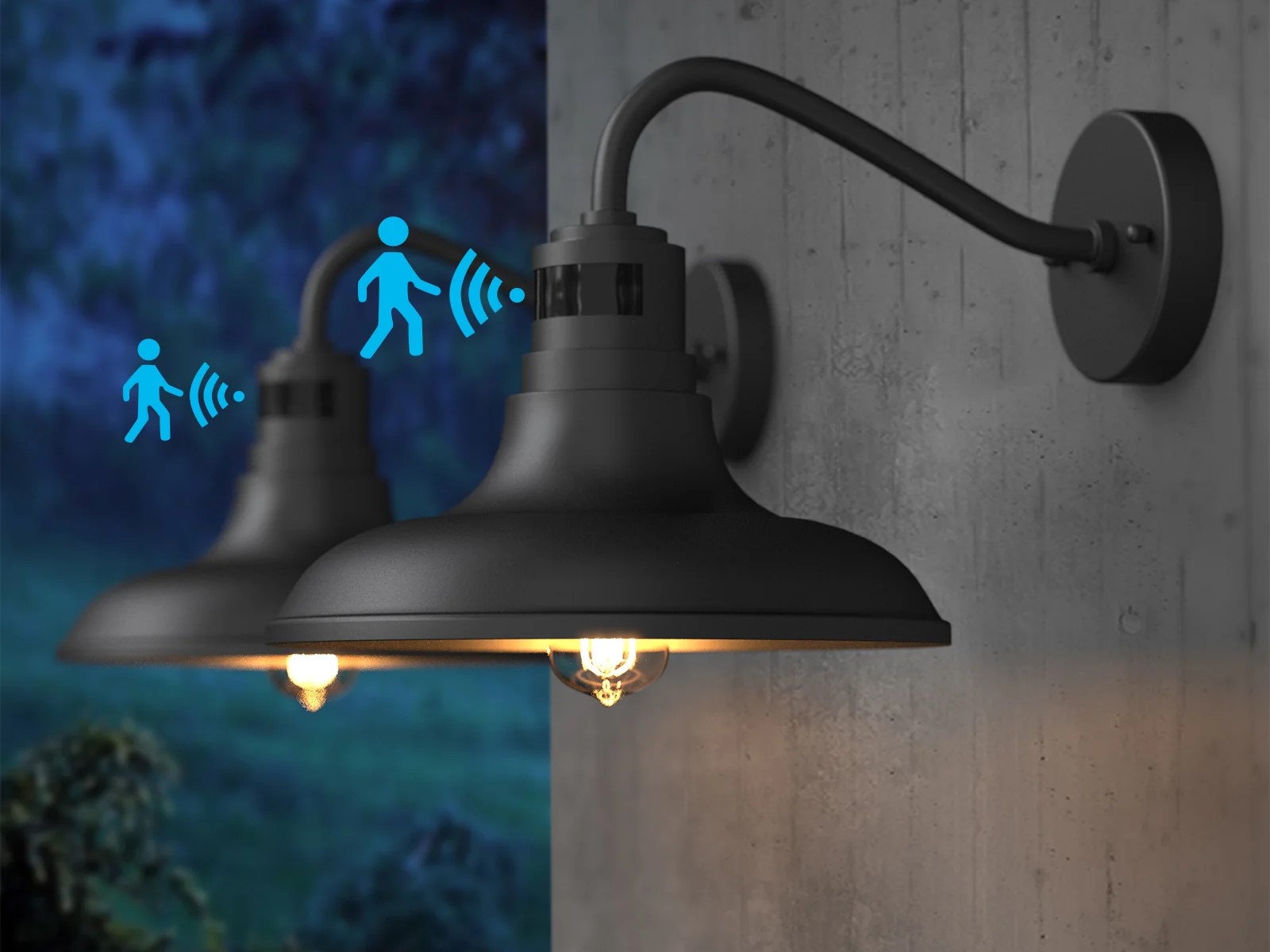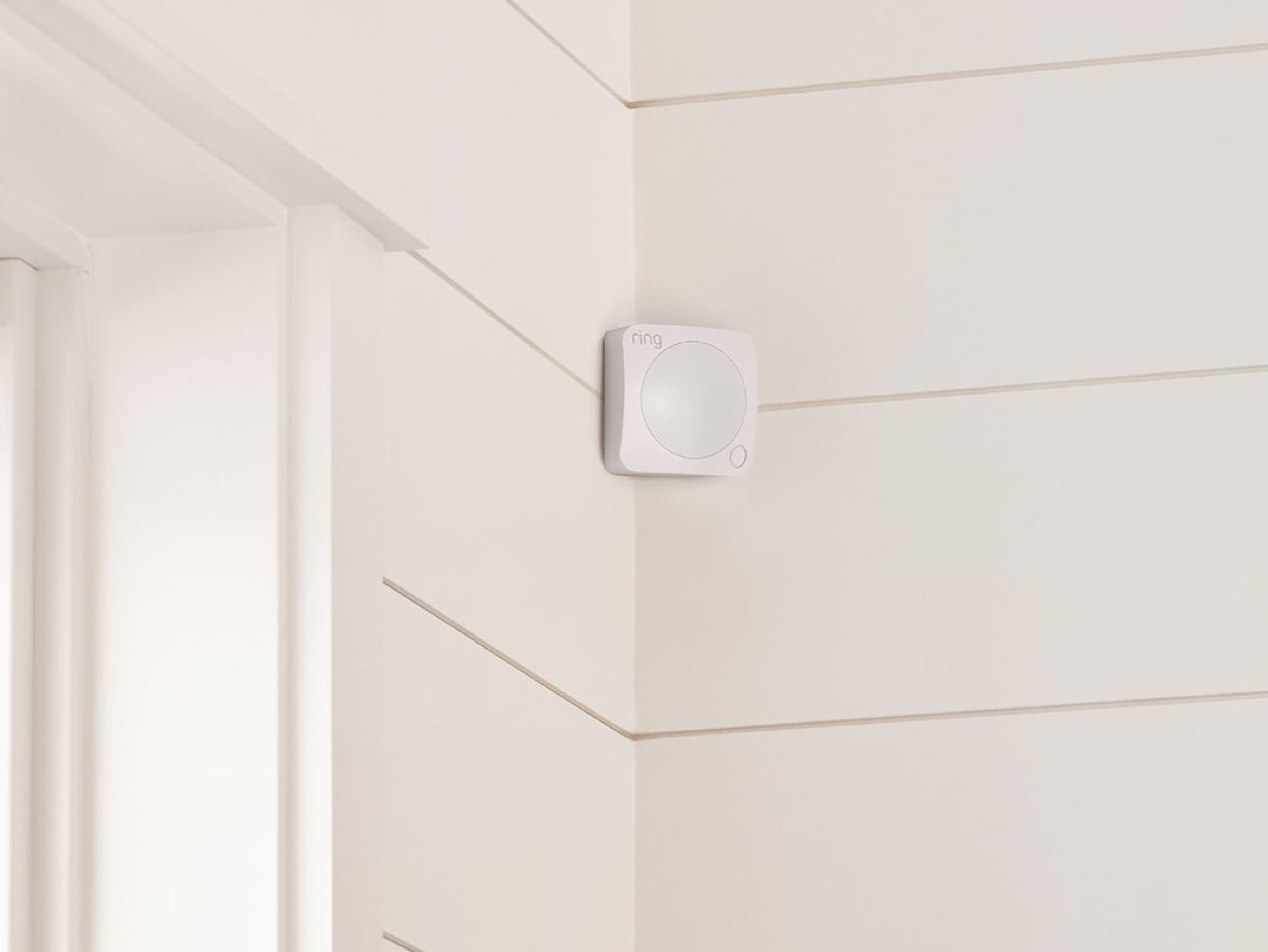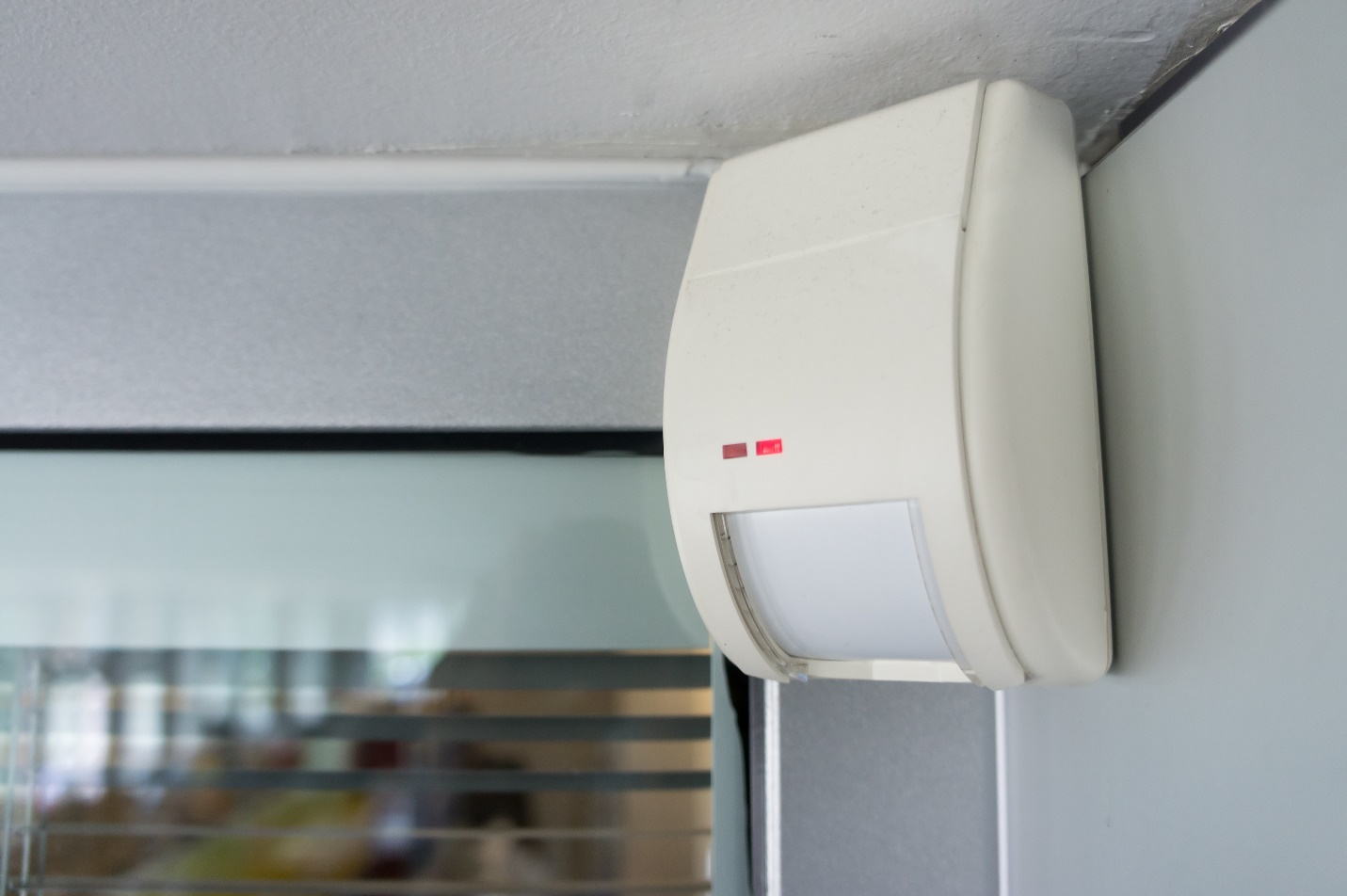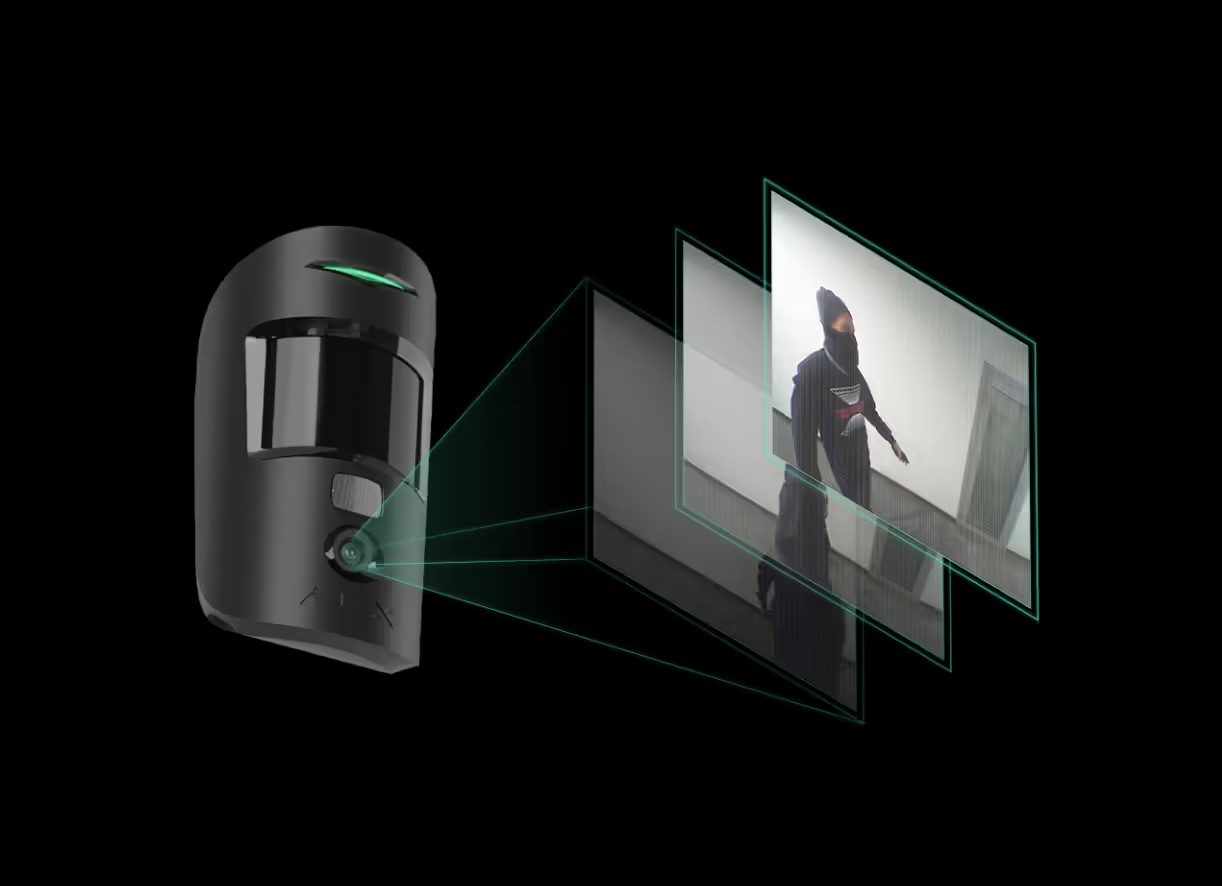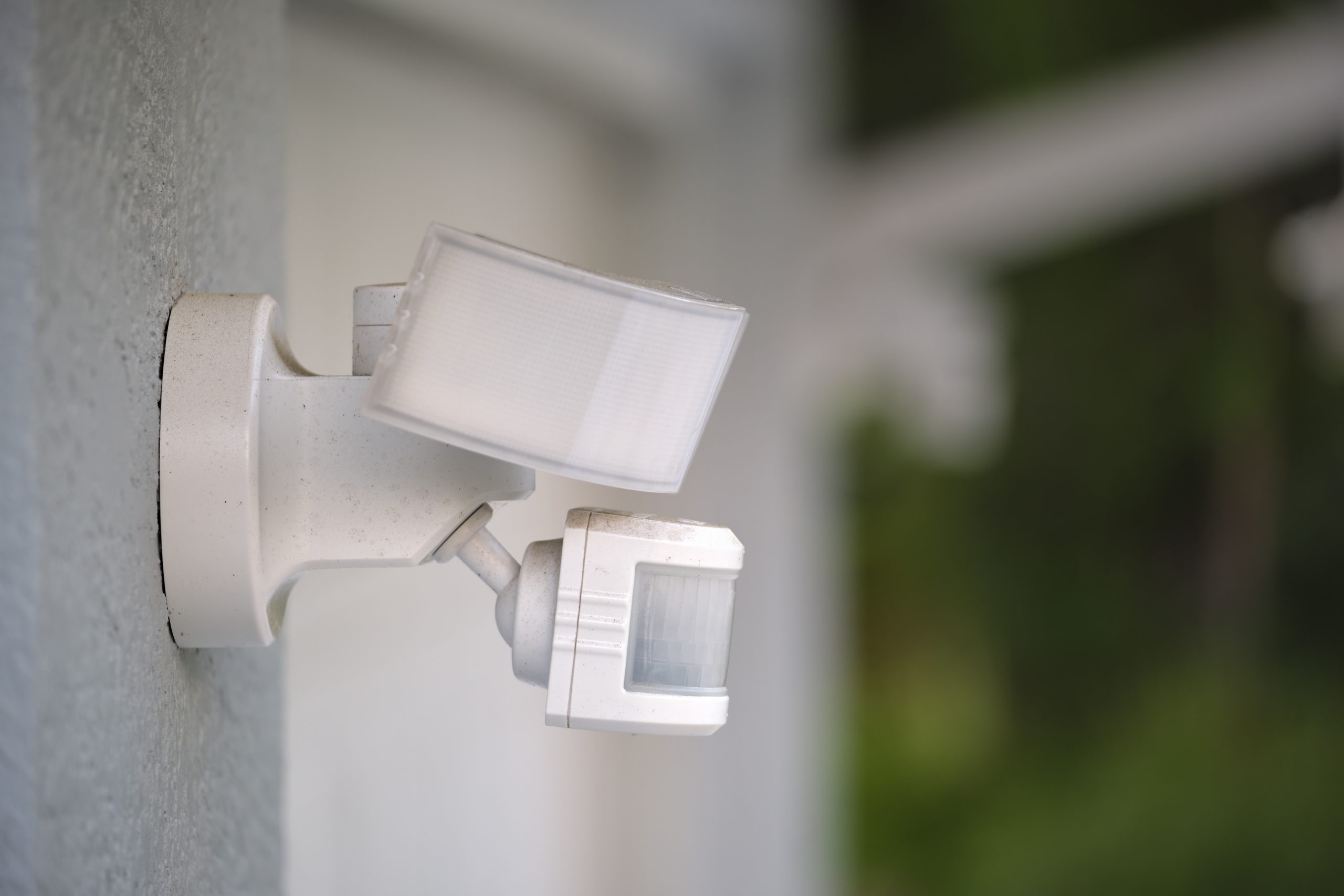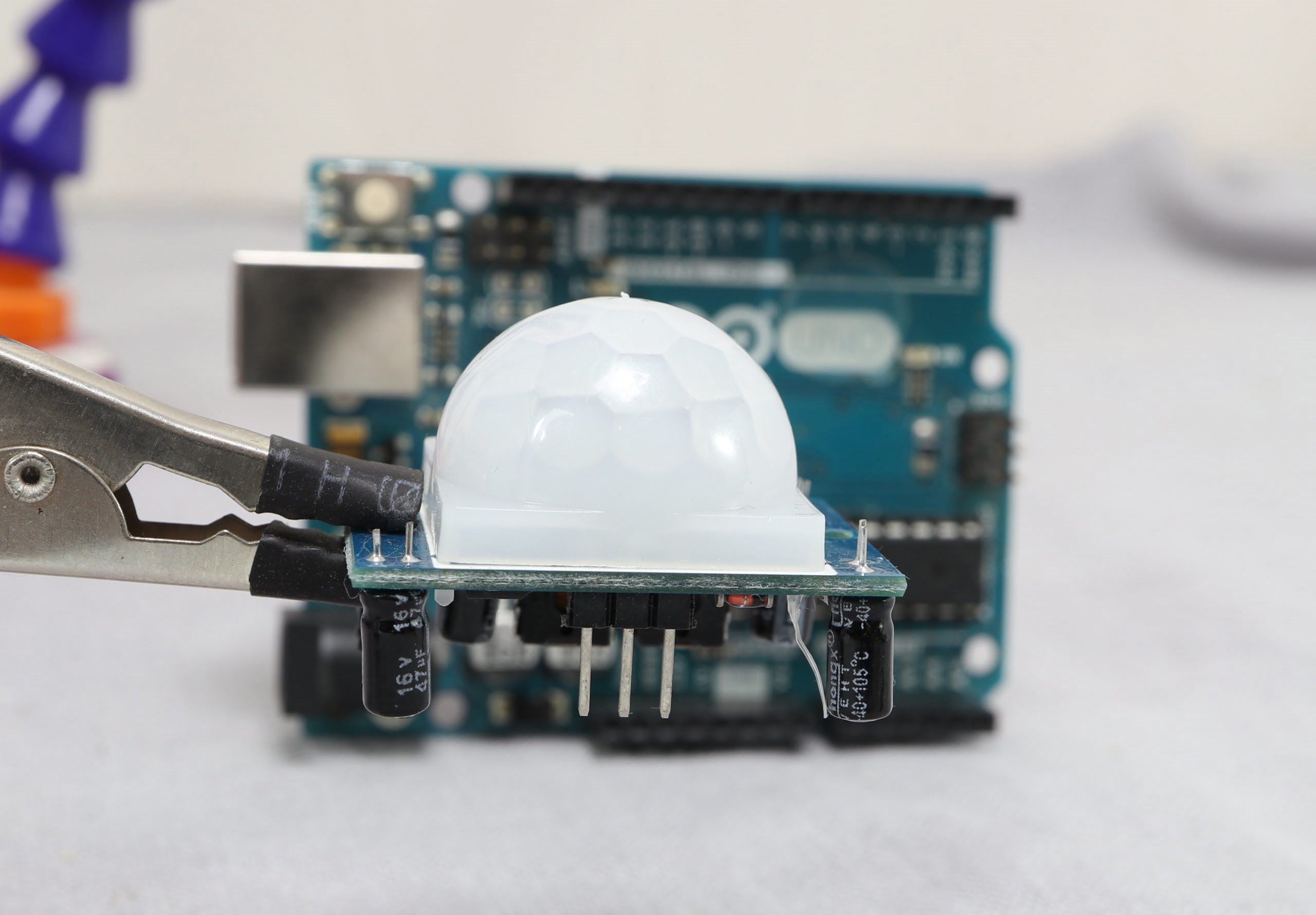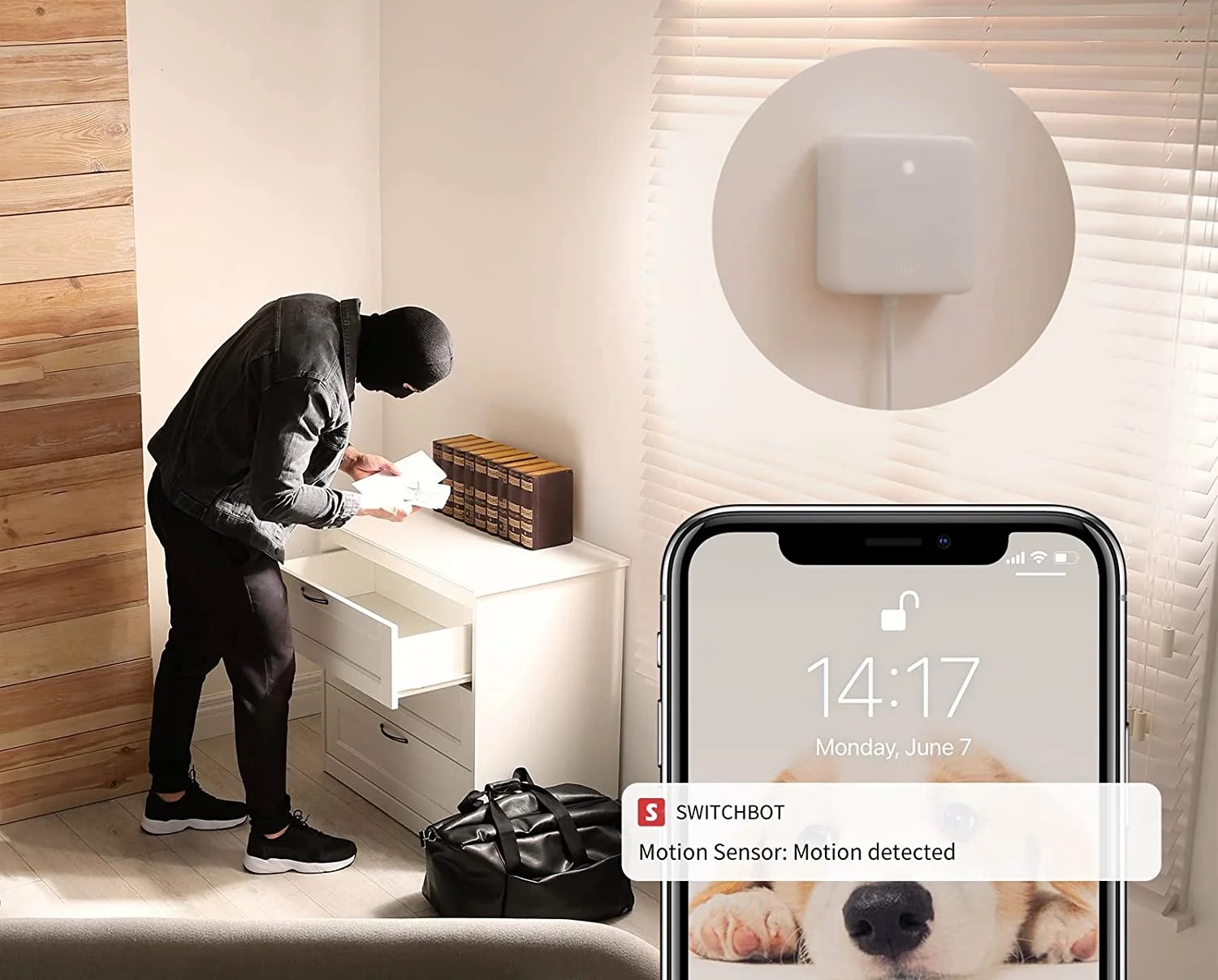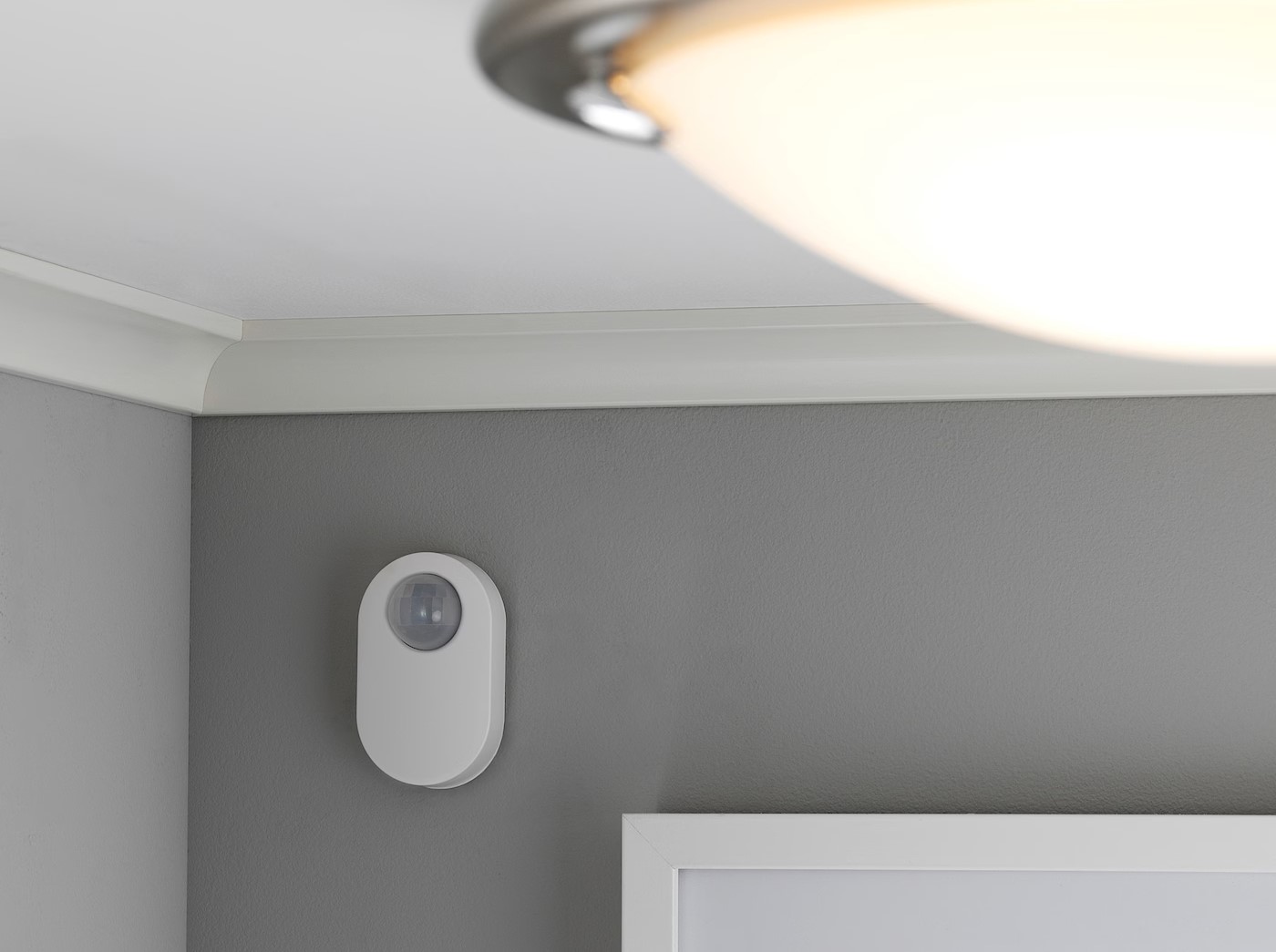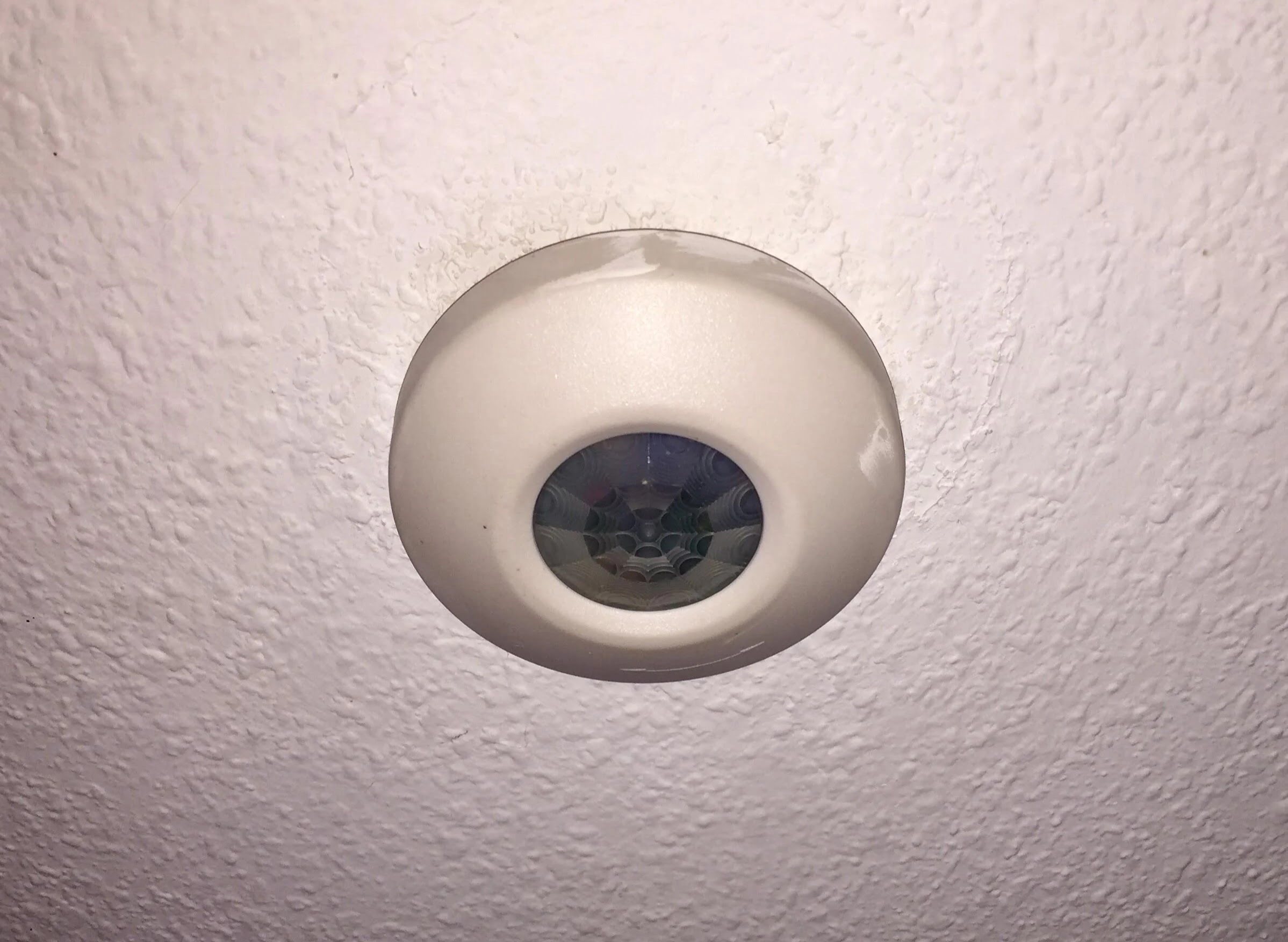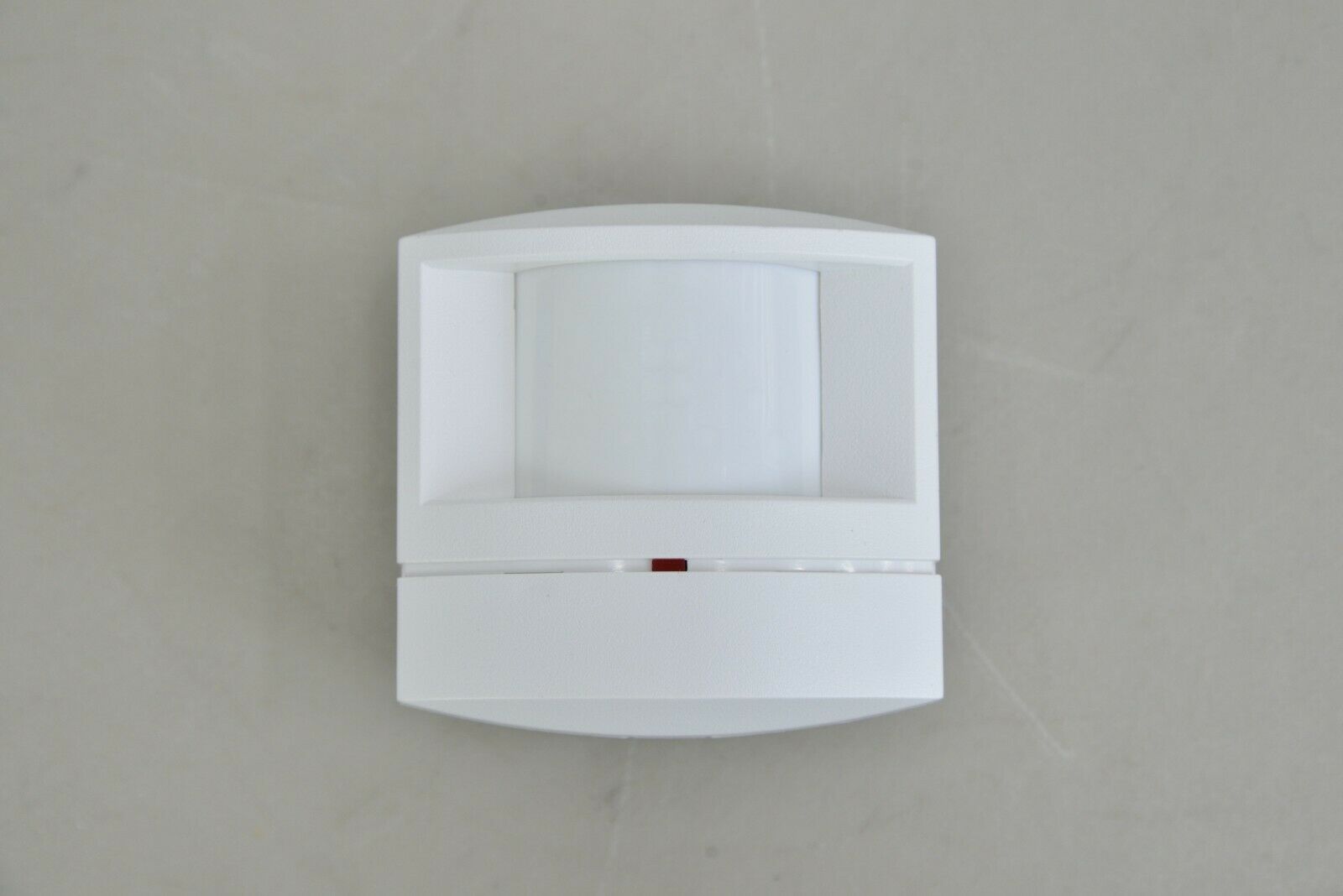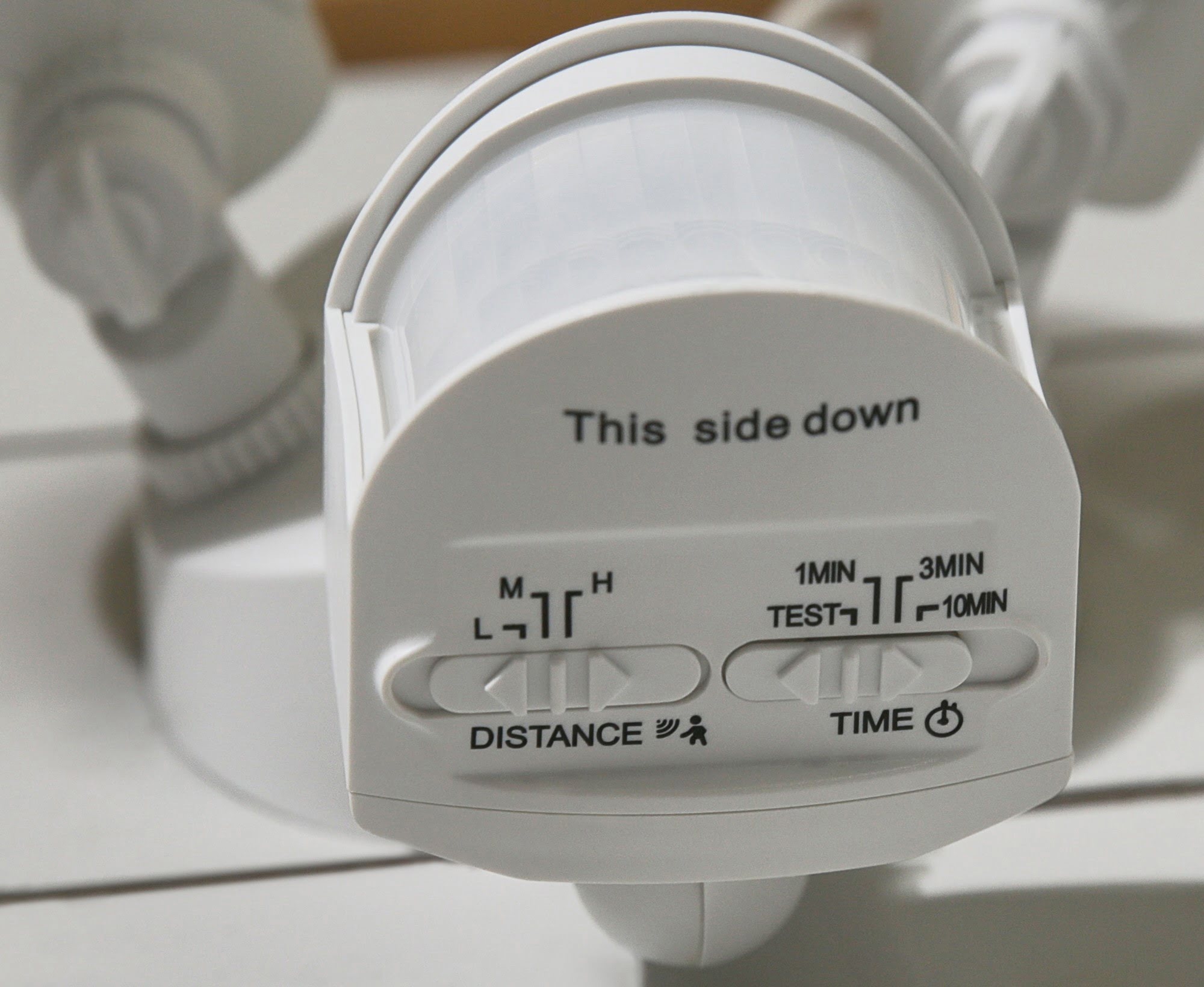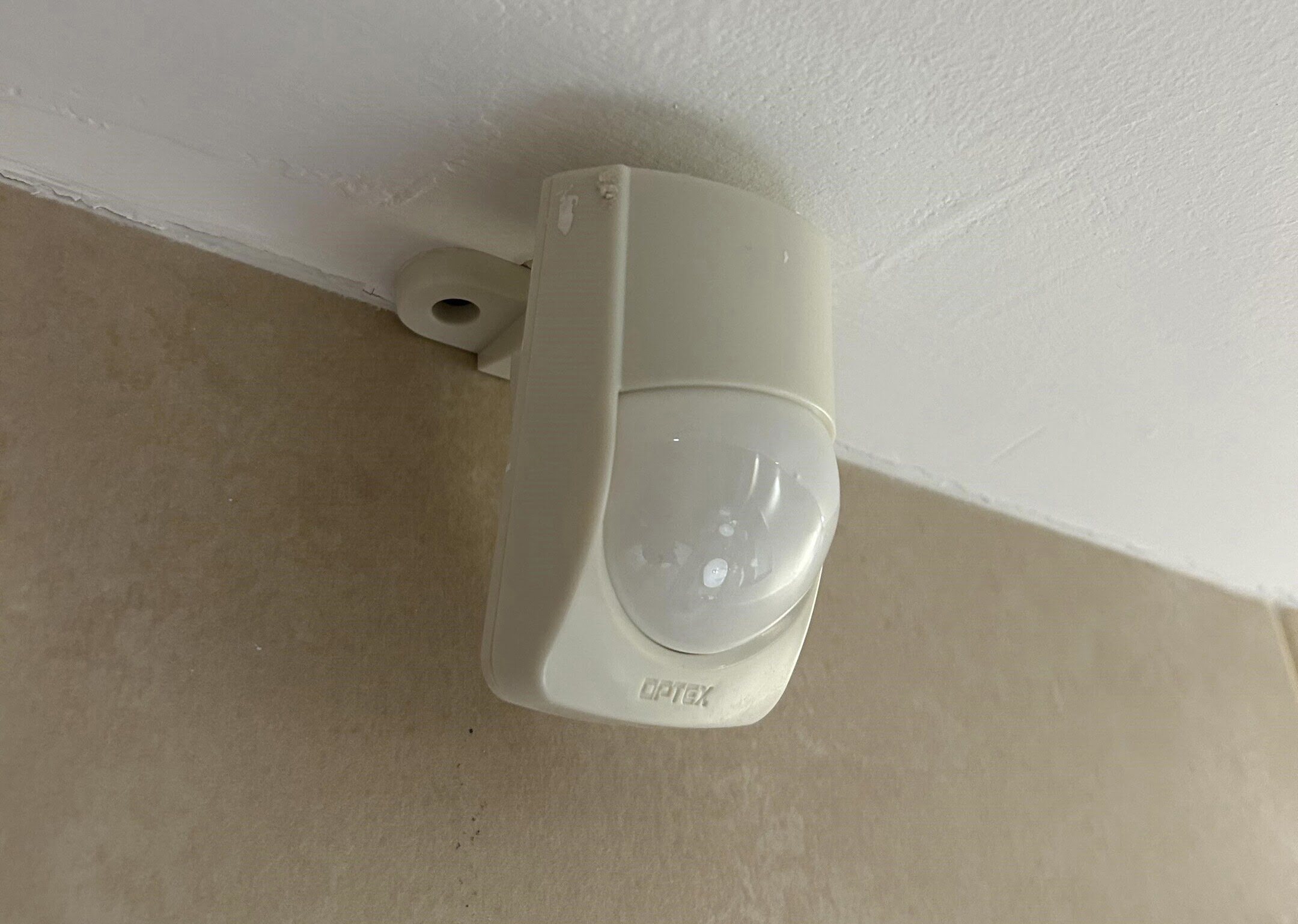Home>Home Security and Surveillance>What Is The Optimal Setting For My Motion Detector?
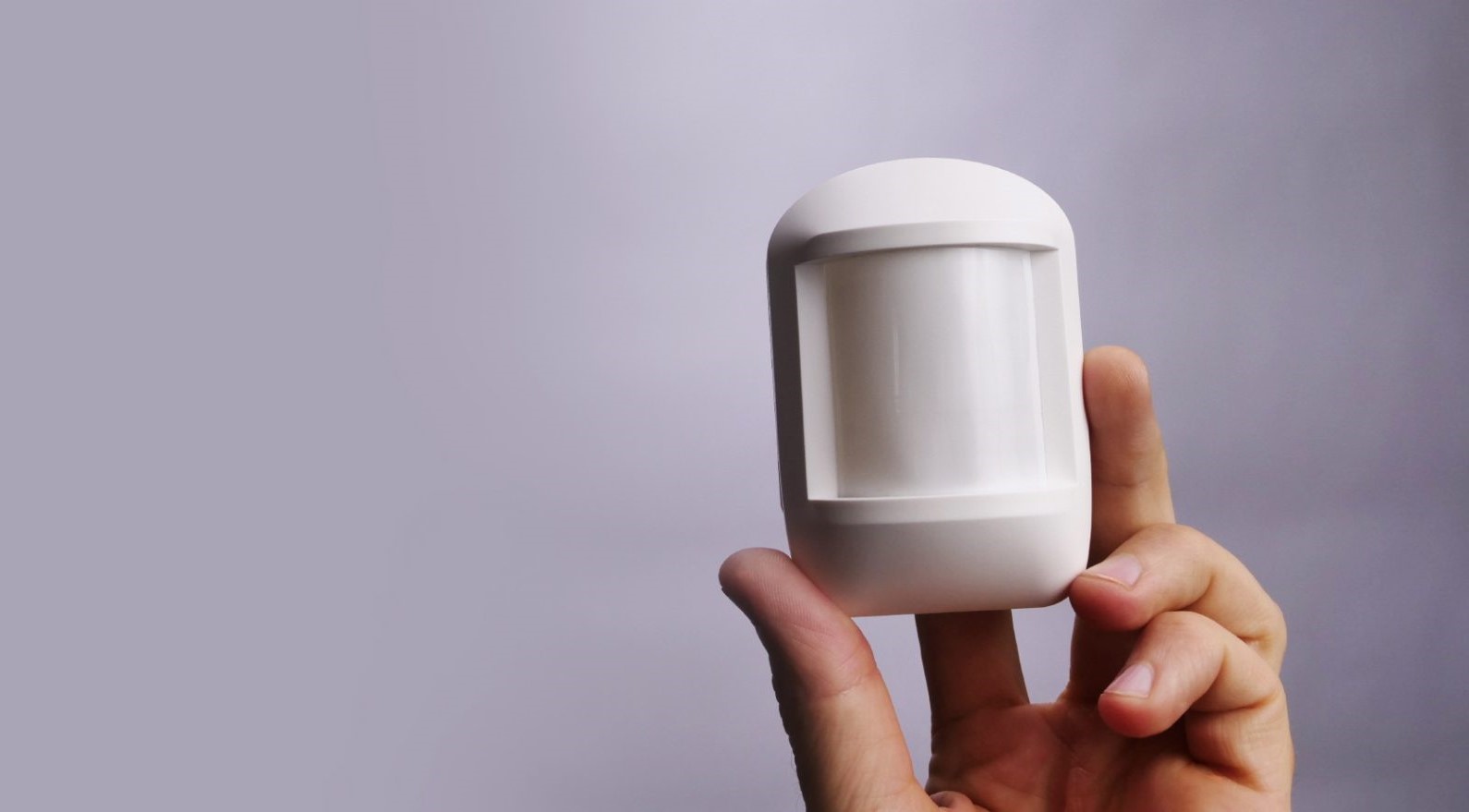

Home Security and Surveillance
What Is The Optimal Setting For My Motion Detector?
Modified: September 1, 2024
Learn the best setting for your motion detector to enhance your home security and surveillance. Optimize your system with expert tips and advice.
(Many of the links in this article redirect to a specific reviewed product. Your purchase of these products through affiliate links helps to generate commission for Storables.com, at no extra cost. Learn more)
Introduction
Welcome to the world of home security and surveillance! In today’s ever-changing world, it’s crucial to prioritize the safety and protection of our homes and loved ones. One effective way to do so is by installing motion detectors, an essential component of any comprehensive home security system.
Motion detectors play a vital role in detecting movement within a designated area and triggering an alarm or other security measures. They serve as the first line of defense, alerting homeowners to potential intruders and suspicious activities.
However, to harness the full potential of your motion detector, it is essential to understand its optimal settings. By aligning the settings with your specific needs and the layout of your home, you can create a highly effective security system that provides peace of mind.
In this article, we will delve into the world of motion detectors, explore the factors to consider when setting them up, and provide recommendations for the optimal settings based on industry expertise. So, let’s dive in!
Key Takeaways:
- Optimal setting for motion detectors is crucial for home security. Consider placement, range, sensitivity, time delay, and multiple zones to create an effective security system tailored to your needs.
- Experiment with settings, regularly test, and maintain your motion detectors to ensure their effectiveness. By following recommended optimal settings, you can maximize home security and peace of mind.
Read more: What Is A Vernier Motion Detector
Understanding Motion Detectors
Motion detectors, also known as motion sensors, are electronic devices designed to detect movement within a designated area. They utilize various technologies to sense changes in the environment and trigger a response based on those detections. Understanding how motion detectors work is essential for optimizing their settings.
There are several types of motion detectors available on the market, including passive infrared (PIR) sensors, microwave sensors, and dual technology sensors. Each type operates differently but serves the same primary purpose of detecting motion.
Passive infrared (PIR) sensors are the most common type of motion detectors used in home security systems. They detect changes in infrared radiation, which is emitted by humans and animals as heat. When there is movement within the detection zone, the PIR sensor triggers an alarm or other security measures.
Microwave sensors, on the other hand, emit continuous microwave signals and measure the reflection of those signals. When there is a disruption in the reflected signal, such as a person or object moving, the motion detector recognizes the change and activates the designated response.
Dual technology sensors combine both PIR and microwave technologies to reduce false alarms. These sensors require both PIR and microwave signals to be triggered simultaneously, ensuring a more accurate detection of movement.
When installing motion detectors, it’s crucial to consider the specific needs of your home and the area to be covered. Factors such as the size of the space, the presence of pets, and the desired level of sensitivity should be taken into account. Additionally, understanding the limitations and capabilities of each type of motion detector will help in optimizing their settings.
Now that we have a basic understanding of motion detectors, let’s explore the factors to consider when setting up these devices in your home.
Factors to Consider
When setting up your motion detectors, there are several factors to consider to ensure optimal performance and minimize false alarms. Let’s take a closer look at these considerations:
- Placement: The placement of motion detectors is crucial for their effectiveness. They should be strategically positioned to cover areas where movement is likely to occur, such as entryways, hallways, and large open spaces. Avoid pointing motion detectors directly at windows or sources of heat, as this can cause false alarms.
- Range: Determine the desired range of your motion detectors based on the area you want to monitor. Keep in mind that different motion detectors have different detection ranges, so choose one that suits your needs. Adjusting the range can help minimize false alarms from distant movements that are not a threat to your home’s security.
- Sensitivity: Motion detectors offer adjustable sensitivity levels to detect and respond to varying degrees of movement. If you have pets, it’s essential to set the sensitivity at a level that filters out their movements but still captures potential intruders. This can help prevent false alarms caused by your furry friends.
- Time Delay: Motion detectors often come with a customizable time delay feature. This setting determines how long the detector remains active after detecting motion before resetting. Set the time delay according to your preferences and the nature of your home’s activities. For instance, a shorter time delay may be suitable for high-traffic areas, while a longer delay could be appropriate for less frequently used spaces.
- Multiple Zones: Some motion detectors offer the option to divide the monitored area into multiple zones. This feature allows you to customize settings for different areas of your home, providing flexibility in detection sensitivity and alarm responses. Consider dividing your home into zones to ensure comprehensive coverage and enhanced control over your security system.
By taking these factors into account, you can optimize the settings of your motion detectors and ensure effective and reliable performance in safeguarding your home.
Place the motion detector at a height of 6-8 feet and angle it towards the area you want to monitor. Adjust the sensitivity and range to avoid false alarms.
Recommended Optimal Setting
After considering the factors mentioned earlier, here are some recommended optimal settings for motion detectors:
- Placement: Position the motion detectors at strategic locations within your home, such as near entry points and in areas with high-value assets. Make sure they have a clear line of sight to the intended monitoring areas and avoid obstacles that may block their view.
- Range: Adjust the detection range based on the size of the area you want to monitor. Set it to cover the desired range without extending beyond the boundaries of your property, as this could potentially trigger false alarms from movements outside your premises.
- Sensitivity: Set the sensitivity level to filter out the movements of pets, while still capturing human-sized movements. This will help minimize false alarms triggered by animals roaming around your home. Keep in mind that different motion detectors have different sensitivity adjustment methods, so consult the manufacturer’s instructions for specific guidance.
- Time Delay: Configure the time delay to strike a balance between immediate response and reducing false alarms caused by brief movements. Generally, a time delay of around 30 seconds is recommended. This allows enough time for verification before triggering an alarm or activating other security measures.
- Multiple Zones: If your motion detectors offer multiple zones, divide your home into different areas based on the level of activity and desired security needs. Adjust the settings for each zone accordingly, considering factors like sensitivity and time delay.
It’s essential to remember that the optimal settings may vary depending on your specific home layout, requirements, and preferences. Experimenting with the settings and making adjustments over time can help you fine-tune the performance of your motion detectors and create a customized security system tailored to your needs.
Lastly, regularly test your motion detectors to ensure they are functioning correctly. Perform periodic maintenance checks, clean the sensors if needed, and replace batteries as recommended by the manufacturer. This will help maintain the effectiveness of your motion detectors over time.
By following these recommended optimal settings and best practices, you can maximize the effectiveness of your motion detectors and ensure a strong layer of security for your home and loved ones.
Conclusion
When it comes to home security and surveillance, motion detectors play a crucial role in detecting and alerting homeowners to potential intruders. By understanding the different types of motion detectors and considering various factors such as placement, range, sensitivity, time delay, and multiple zones, you can optimize the settings to create an effective security system tailored to your specific needs.
It’s important to remember that there is no one-size-fits-all approach to setting up motion detectors. Each home is unique, and the optimal settings may vary depending on the layout, activity levels, and personal preferences. Experimentation and adjustments are key to finding the perfect balance between accurate detection and minimizing false alarms.
Regular testing, maintenance, and battery replacement are essential to ensure the proper functioning of your motion detectors over time. Make it a habit to periodically check the sensors and clean them if necessary to maintain their effectiveness.
By implementing the recommended optimal settings and best practices discussed in this article, you can enhance the security of your home and provide peace of mind for you and your loved ones. Remember to consult the manufacturer’s instructions and seek professional guidance if needed to ensure the proper installation and configuration of your motion detectors.
Investing in a reliable home security system, including motion detectors, is a proactive step towards protecting your most valuable assets. By harnessing their capabilities and setting them up optimally, you can enjoy enhanced security and safeguard your home from potential threats.
So, take the time to assess your security needs, explore the options available, and make the necessary adjustments to optimize the settings of your motion detectors. By doing so, you are taking an active role in ensuring the safety and well-being of your home and loved ones.
Frequently Asked Questions about What Is The Optimal Setting For My Motion Detector?
Was this page helpful?
At Storables.com, we guarantee accurate and reliable information. Our content, validated by Expert Board Contributors, is crafted following stringent Editorial Policies. We're committed to providing you with well-researched, expert-backed insights for all your informational needs.
